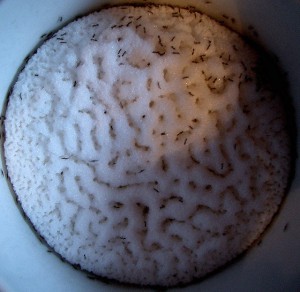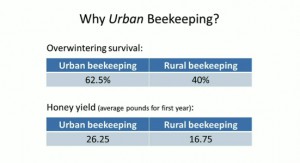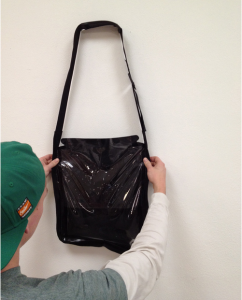The “anternet” discovered! How ants mimic Internet protocol
In a sign that nature still has an awful lot to teach us, a Stanford biologist and computer scientist have discovered that harvester ants hunt for food the same way Transmission Control Protocol (TCP) operates to determine and manage network congestion. That’s right. The foundation of the Internet is based on an algorithm that ants have used for millions of years.

The way ants use the networking process is by measuring the rate of return by hunters seeking food, and using that data to vary the number of individuals sent out to help with the effort. In other words, when early ant seekers return quickly after leaving the nest to find food, more ants are directed to help gather the spoils. However, when it takes longer for the first ants to return, that means that food is scarce, and more ants can stay home rather than following their brethren into the wild.
The Internet works in a similar way using TCP. If packets of data are acknowledged quickly by a receiver node, then the sender knows it can speed up the delivery rate. However, if acknowledged receipts are slower, then the sender knows the network is congested, and that it should slow down transmission accordingly.
Given that ants have been testing and engineering their own behavioral algorithms for millions of years, there’s likely still a lot that they can teach us about creating efficient networked systems. Maybe we should update that old parable about the ant and the grasshopper. If only the grasshopper had spent less time idling away the summer months, and more time designing simple and scalable algorithms…
Phi Beta Iota: When the human mind melds with the cosmic (extra-terrestial) and the Earth (intra-terrestial) minds, Utopia is possible.
See Also:



